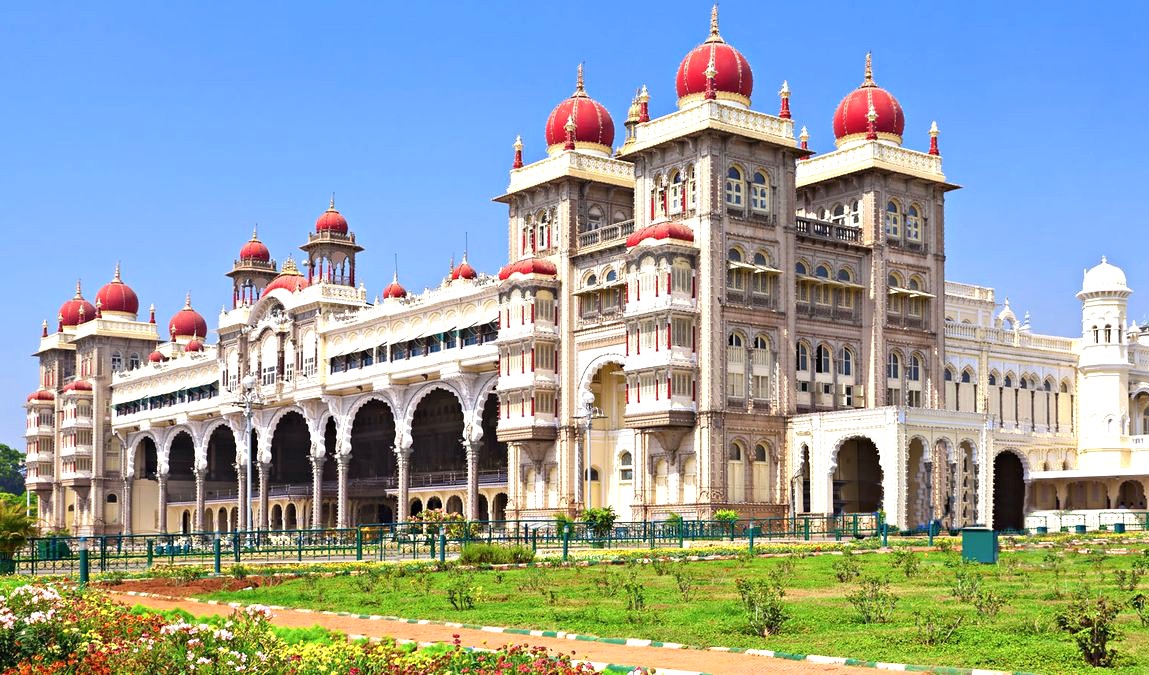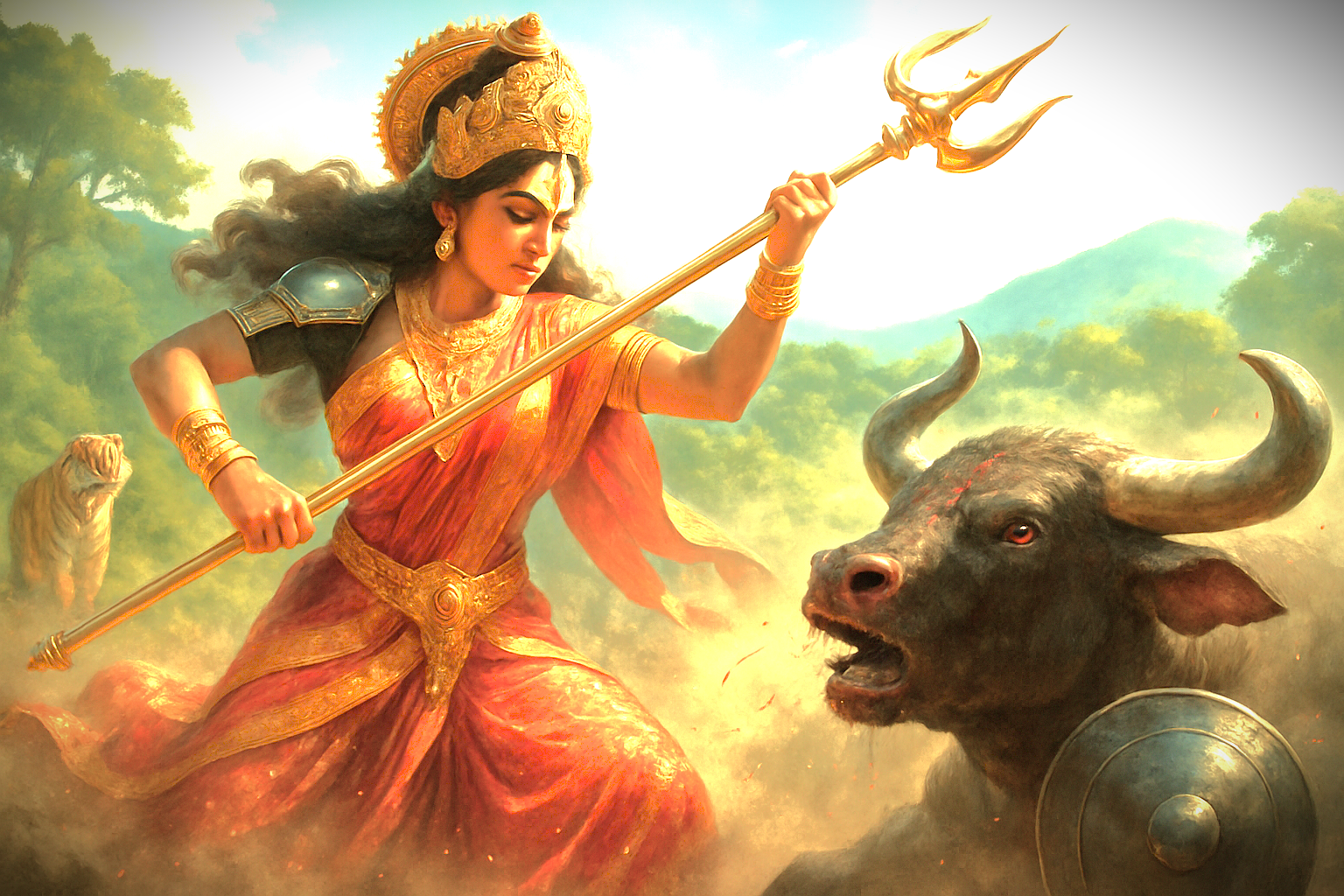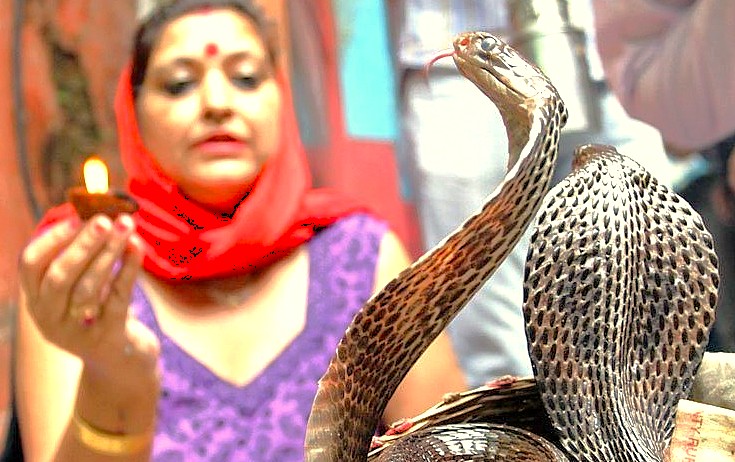Spirit of India
Mysore Karnataka India
Mother Masala Tours
Tipu Sultan's Royal Paradise
Mysore Karnataka India. One of the most pivotal periods in the city's history began with the rise of the Wadiyar Dynasty in the late 14th century. The Wadiyars shifted their capital to Mysore in 1510, ushering in an era of prosperity and artistic development. Exploring this city, we encounter many temples and palaces that harbor artifacts of great importance, such as the Mysore Palace. The ornate interior includes carvings made of jade, paintings, and historical armories, all reflecting the profound heritage of the Wadiyar Dynasty. The Chamundi Hill, crowned with the Chamundeshwari Temple, offers panoramic views and spiritual significance, attracting both pilgrims and tourists alike.

Mysore Karnataka India: From Ganga to Hoysala
The history of this city dates back over 1,000 years. Initially, it emerged as a small settlement during the Ganga Dynasty in the 4th century. The Ganga rulers, known for establishing temples such as those at Talakadu, laid the groundwork for the region's cultural richness. Later, Mysore became a significant stronghold during the rule of the Hoysala Dynasty from the 10th to the 14th century, renowned for its exquisite temple architecture and flourishing trade routes.
Historical Foundations

Mysore's rich history spans over 1,000 years, beginning as a small settlement under the Ganga Dynasty around the 4th century. The rulers were famously known for establishing magnificent temples, including the iconic architectural marvels still found at Talakadu. Their influence shaped the region's artistic and spiritual landscape for centuries, setting a cultural foundation. This legacy paved the way for the Wodeyar kings, who would later transform Mysore into the royal capital that is today.
The Rise of the Wadiyars: A Golden Era
One of the most pivotal periods in the city's history began with the rise of the Wadiyar Dynasty in the late 14th century. The Wadiyars shifted their capital to Mysore in 1510, ushering in an era of prosperity and artistic development. Under their rule, the city flourished as a center for culture and power, with notable rulers such as Krishnaraja Wadiyar III, who championed the arts, education, and infrastructure.
Ancient Mosaics: Impeccable Craftsmanship

The craftsmanship revealed in the magnificent Mysore Palace is remarkable, inviting you to step into a world of unparalleled royal magnificence. This architectural marvel stands as a testament to its creators. Under the visionary patronage of Krishnaraja Wadiyar IV, the Wadiyar Dynasty commissioned only the finest artists and craftsmen in the late 19th and early 20th centuries to build their dream. The Wodeyars spared no expense, bringing in global artisans who created the stunning murals depicting grand processions, the intricate, lace-like woodwork, and the brilliant stained-glass inlays that adorn its opulent halls.
Conquests and Transformations: The Anglo-Mysore Wars
Mysore Karnataka India. Emerging as a crucial battleground in South India's history. The region endured numerous conflicts before Tipu Sultan, son of Hyder Ali, ascended to power in 1761. Known as the "Tiger of Mysore," Tipu fiercely resisted British colonial ambitions, making the city central to the Anglo-Mysore Wars. The third war proved decisive when British forces captured Mysore in 1799. Tipu Sultan died defending his capital, ending his family's rule. The British reinstated the Wadiyar Dynasty as titular rulers under colonial oversight. This transition, though marked by political upheaval, initiated a period of cultural renaissance and architectural development that shaped today's Mysore's identity.
The Legend of Mahishasura

Mysore derives its name from the demon Mahishasura, with its name directly translating to "the city of Mahisha," reflecting deep mythological origins tied to the region’s past. Ancient legends tell of the Goddess Chamundeshwari vanquishing this very demon on the hills that now famously bear her name, a powerful story of good triumphing over evil. This foundational myth is celebrated with great fervor, profoundly shaping the city's vibrant cultural fabric. It remains a key reason, drawing countless visitors to its sacred sites year-round to connect with this ancient tale.
The Pulse of the Local Community
Distinguished by its hospitality and deeply embedded cultural identity. Residents actively participate in seasonal festivals, religious ceremonies, and communal gatherings, fostering a close-knit environment where neighbors remain integral to daily life. The atmosphere resonates with strong familial ties, as generations have inhabited this historical landscape, connecting them intimately to its rich heritage. Mysoreans display immense pride in their traditions, which encapsulate diverse influences from the Wadiyars and Tipu Sultan.
Capturing the Magic: A Photographic Haven

As we walk through Mysore, from the tranquil shores of Karanji Lake, alive with birdsong, to the city's core, your senses will be utterly captivated. You'll experience the landscapes, the lively, chaotic hues of busy markets fragrant with spices and jasmine, and the sheer majesty of the grand Mysore Palace. In quiet corners, you'll see children learning the timeless, delicate craft of garland threading, a skill passed down at a very young age. Each winding lane and historic courtyard presents a unique, fleeting opportunity to capture the dynamic essence of the city. Here, centuries-old traditions beautifully and seamlessly mingle with the pulse of daily life.
A Culinary Journey: Savor the Flavour
The cuisine is a flavorful reflection of its royal heritage. Mysore Pak, a buttery sweet made with ghee, jaggery, and gram flour, cherished during festivals. Rawa Idli, a semolina-based twist on the traditional idli, served with chutney and sambar. Mysore Masala Dosa, a crispy crepe filled with spiced potatoes, garlic-red chili chutney, delivers satisfying flavors.
Festivals of Devotion: Honouring the Sacred and the Divine

The Dussehra festival, held in September or October, stands as Mysore's undisputed crown jewel celebration. This spectacular 10-day event, known as 'Nadahabba' (state festival), commemorates the victory of the Goddess Chamundeshwari over the demon Mahishasura, the very legend for whom the city is named. The entire city buzzes with energy, music, and cultural events. The festival culminates in a world-famous grand procession, the Jumboo Savari - elaborately decorated elephants, traditional music, vibrant dance troupes, and royal regalia.
Mythological Associations
Mysore Karnataka India. The mythology surrounding this city is rich and intertwined with the stories of deities such as Chamundeshwari, the city's presiding goddess, who symbolizes strength and valor. Legend states that the goddess vanquished the demon Mahishasura after a fierce battle, seeking to protect the region. The Chamundi Hill, where her temple is located, serves as a significant site for worship and pilgrimage, echoing the age-old tales passed down through generations.
Ancient Technologies: Sacred Sound, Geometry & Astrological Influences

These layouts, meticulously designed following the ancient principles of Vastu Shastra, feature intricate patterns based on precise mathematical ratios and sacred alignments. This was an essential feature for optimizing the flow of energy during grand royal gatherings and state ceremonies. Builders sought to create a truly harmonious environment by integrating principles akin to the Solfeggio frequencies—a set of ancient tonal vibrations believed to promote healing, balance, and spiritual awakening. This geometry was masterfully woven into the palace’s very architecture.
Serendipitous Meetings: Beyond the Main Path
As we roam through the wonderful streets of this city, unexpected discoveries await us around every corner. We might stumble upon local artisans hammering out intricate jewelry or craftsmen creating delicate sandalwood carvings. The ambiance is relaxed yet vibrant, allowing us to engage with the craftsmanship and artistry that define the local culture.
The lighting Of the Palace: Special Timings

Visit the truly majestic Mysore Palace, a stunning cultural landmark in Karnataka, India, conveniently situated for travelers exploring the region between Bangalore and Coimbatore. We have a specially timed event on our tour, planned precisely for the famous illumination when nearly 100,000 light globes switch on. This breathtaking spectacle is an unforgettable, deeply moving experience. Its sheer, ethereal beauty is so overwhelming that it famously moves some visitors to tears. There are simply no words for it, only a shared, awed silence.
Resilience and Renewal: Overcoming Adversities
Mysore Karnataka India. Throughout its history, the region has faced numerous challenges, such as the plunder during the Anglo-Mysore Wars, which altered its socio-political landscape. Following Tipu Sultan’s defeat in 1799, the reinstatement of the Wodeyars marked a period of recovery and renewal. They implemented reforms focused on infrastructure, education, and health, reviving the city’s economy and restoring its cultural ethos. The resilience of the local population became apparent during the devastating floods in 1983, prompting community engagement and the rebuilding of essential infrastructure.
What Are You Waiting For - Let's Get Going

Join us on this incredible journey through Mysore, a city where history, culture, and artistry beautifully converge. We’ll explore the iconic Mysore Palace, make our own incense, shop at Devaraja markets brimming with silk, sandalwood, and spices, and visit serene ancient temples steeped in devotion. Along the way, we’ll engage with the captivating tales that have shaped this remarkable city’s past. You'll hear stories from legendary rulers and dynasties and learn about the evolution of its celebrated festivals. This is an immersive dive into the soul of Karnataka's cultural capital.
Symphony of Generosity: Offerings from Wanderers to Residents
Mysore Karnataka India. The interaction between locals and travelers creates a rich exchange of knowledge, culture, and generosity. When we engage with the artisans and shopkeepers, share stories over a meal, or participate in local festivities, we immerse ourselves in the community's spirit. This interplay fosters lasting connections, enhances our experiences, and ensures that traditions continue to thrive within the fabric of everyday life in Mysore. The mutual respect and warmth cultivate a sense of belonging for everyone involved, enriching our understanding of this remarkable place.